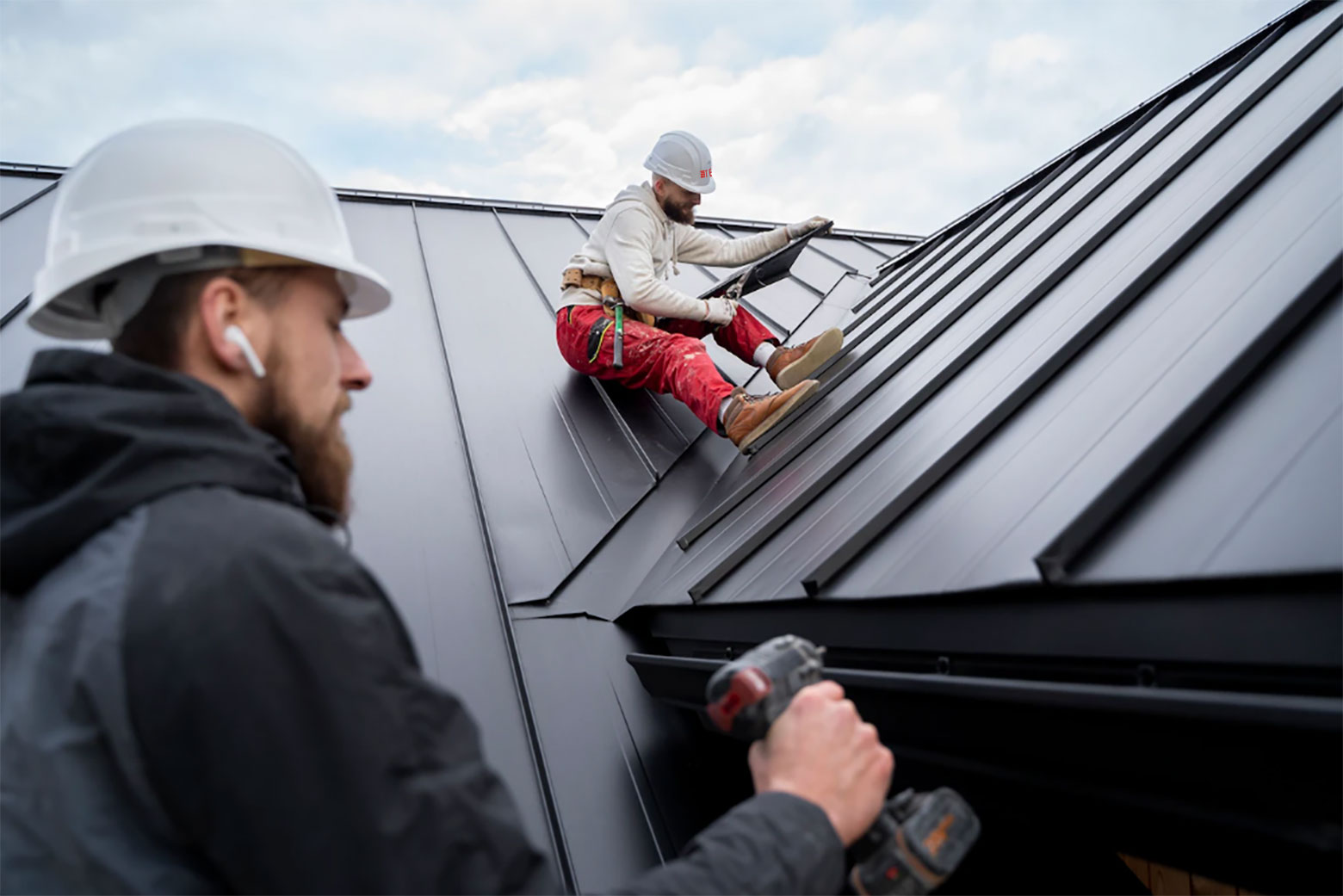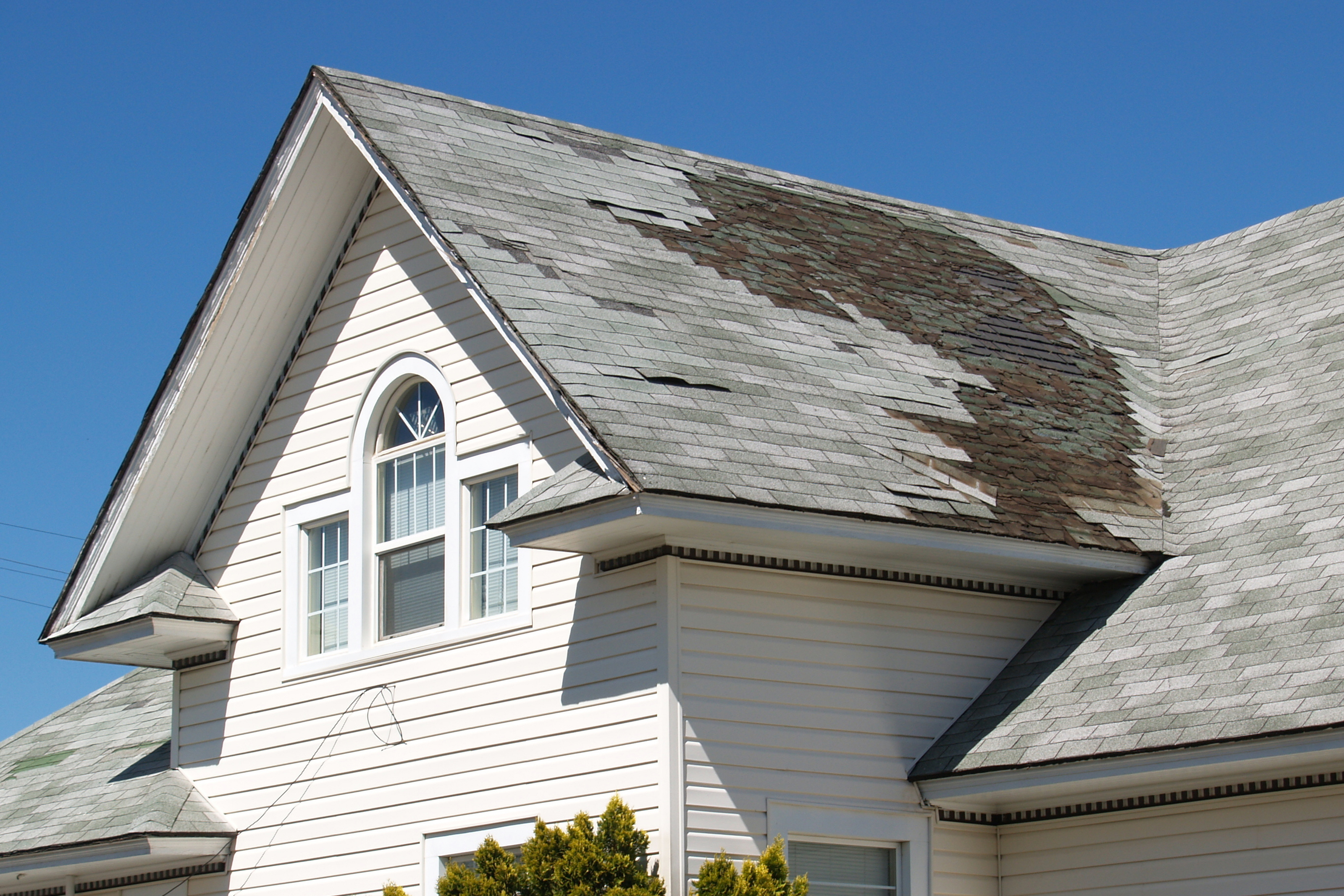Roofing Companies Oahu: Trusted Specialists for Your Roofing Needs
Roofing Companies Oahu: Trusted Specialists for Your Roofing Needs
Blog Article
Recognizing the Various Kinds of Roofings: A Comprehensive Guide for Homeowners
In the world of homeownership, selecting the appropriate roof style is a choice that lugs considerable implications for both performance and aesthetic appeal. With a variety of choices-- varying from the traditional gable to the contemporary level-- each kind presents one-of-a-kind benefits and obstacles that ought to line up with the property owner's environmental factors to consider and specific requirements. Comprehending these distinctions not just help in making an enlightened option yet likewise affects lasting upkeep and energy effectiveness. As we explore the complexities of different roof types, it ends up being evident that one dimension does not fit all; the right choice might surprise you.
Saddleback Roof
Saddleback roofs, identified by their triangular form, are among one of the most prominent roofing styles due to their simpleness and performance in shedding water and snow. This style features two sloping sides that fulfill at a ridge, enabling effective drain and decreasing the danger of water buildup. The high pitch typically linked with saddleback roofs improves their capability to take care of hefty precipitation, making them appropriate for different environments.
In addition to their useful benefits, gable roofings offer aesthetic flexibility. They can be adjusted to numerous building designs, from conventional to contemporary homes. The layout can likewise fit added attributes such as dormer home windows, which enhance natural light and air flow in the attic area.
Furthermore, saddleback roofs provide ample space for insulation, adding to energy performance. Homeowners can pick from a variety of roof materials, including asphalt tiles, steel, and floor tiles, even more enhancing customization choices.
Despite their advantages, saddleback roofs may need added support in areas susceptible to high winds or heavy snowfall. Overall, the gable roofing remains a favored option due to its blend of performance, sturdiness, and visual charm.
Apartment Roofs
Level roof coverings are typically acknowledged for their minimalist style and functional applications, especially in industrial and business settings (oahu roofing). These roofs include a straight or nearly horizontal surface area, which permits simple building and versatile space use. While they may do not have the visual allure of pitched roofings, level roofings provide countless benefits, especially in metropolitan environments where making best use of space is crucial
One of the main advantages of flat roofing systems is their ease of access. Property owners can use the roof space for various objectives, such as roof yards, terraces, or solar panel setups. In addition, level roofings are generally much more affordable to preserve and mount compared to their sloped counterparts, as they call for fewer materials and labor.
Nevertheless, flat roofs do existing particular challenges. Correct drainage is vital to prevent water pooling, which can bring about leakages and structural damage. For this reason, selecting top notch waterproofing materials and routine assessments are critical for guaranteeing longevity. Typical materials utilized for level roof coverings consist of built-up roofing (BUR), modified asphalt, and single-ply membrane layers, each offering distinct benefits. In general, flat roofing systems function as a versatile and useful choice for lots of home owners and organizations alike.
Hip Roof Coverings
Hip roof coverings are defined by their sloped sides that converge on top, creating a ridge. This style is unique from gable roof coverings, as all four sides of a hip roofing system slope downwards towards the wall surfaces, offering an extra secure structure. The angle of the inclines can differ, enabling adaptability in architectural aesthetics and capability.
One of the main advantages of hip roof coverings is their capacity to stand up to hefty winds and negative climate condition. The sloped surface areas allow far better water drainage, lowering the risk of leakages and water damage. Furthermore, hip roofing systems supply enhanced attic room space, which can be used for storage and even exchanged habitable locations.
Nonetheless, creating a hip roof can be more pricey and complex than less complex roof kinds, such as gable roofs. The additional product and labor associated with producing the inclines and making certain proper structural stability can bring about higher expenses. In spite of these downsides, several homeowners prefer visit hip roofings for their durability, aesthetic charm, and capacity for power efficiency.
Mansard Roofing Systems
Mansard roofings, often recognized by their distinct four-sided style, feature two slopes on each side, with the lower slope being steeper than the upper. This architectural style, originating from France in the 17th century, is not only aesthetically attractive but practical, as it makes the most of the useful area in the upper floors of a structure. The steep reduced slope permits even more headroom, making it a perfect choice for attic rooms or loft spaces, which can be converted right into living spaces.
Mansard roofings are defined by their adaptability, suiting numerous building styles, from conventional to modern-day. They can be built with different materials, consisting of asphalt tiles, slate, or steel, offering property owners with a range of alternatives to match their spending plans and choices. Additionally, the design allows for the combination of dormer home windows, boosting natural light and air flow in the upper degrees.
Nonetheless, it is necessary to take into consideration the potential downsides. Mansard roof coverings might need more upkeep because of the complexity of their design, and their high slopes can be challenging for snow and rain drainage. On the whole, mansard roofings incorporate style with usefulness, making them a popular choice amongst homeowners looking for distinct architectural attributes.
Shed Roofings
As house owners increasingly look for simplicity and capability in their architectural layouts, dropped roofings have actually become a prominent selection. Defined by a single sloping aircraft, a shed roofing system offers a minimalist visual that complements various home designs, from modern to rustic.
One of the primary benefits of a shed roof is its straightforward building and construction, which typically converts to lower labor and material prices. This layout permits effective water drainage, minimizing the danger of leakages and water damages. Furthermore, the upright slope supplies enough room for skylights, boosting all-natural light within the inside.
Dropped roofs additionally supply flexibility in terms of usage. They can be properly integrated into enhancements, garages, or outdoor structures like sheds and pavilions. Additionally, this roof style can fit various roof products, including steel, asphalt shingles, or even environment-friendly roofs, explanation aligning with environment-friendly efforts.
Nevertheless, it is important to take into consideration local climate problems, as hefty snow loads might demand adjustments to the roof's angle or framework. On the whole, shed roofs present a practical and visually pleasing choice for homeowners aiming to make the most of functionality without jeopardizing style.
Final Thought


Gable roof coverings, defined by their triangular form, are amongst the most preferred roofing styles due to their simplicity and efficiency in shedding water and snow. oahu roofing. The high pitch typically linked with gable roofs enhances their capability to handle hefty This Site precipitation, making them appropriate for numerous climates
While they may do not have the visual charm of pitched roofing systems, flat roof coverings offer numerous benefits, especially in urban settings where making the most of room is vital.

Report this page